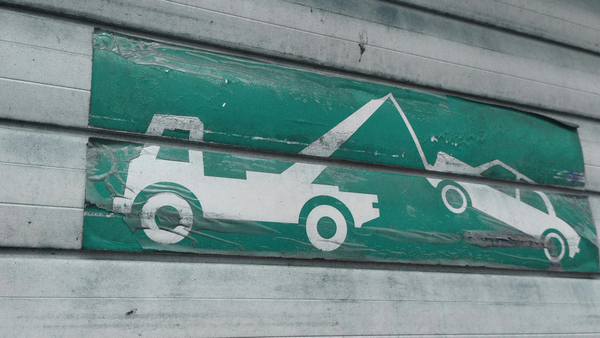
When it comes to redrawing nations’ borders, scores of diplomats can spend years painstakingly hashing out every inch of the dividing line.
For the border between France and Belgium to be redrawn, all it seemingly took was one farmer.
Apparently frustrated by a 200-year-old stone border marker, a Belgian farmer dug it out and moved it about 7 feet into French territory, local officials told French news media, thus slightly enlarging his own land as well as the entire country of Belgium.
The displaced stone was spotted last month by a sharp-eyed group of Frenchmen, who for the past few years have wandered the countryside of their local area in northern France, following the border and checking each marker they encountered against a map showing the stones’ original locations.
Two members of the group were walking in the woods near the village of Bousignies-sur-Roc, about 160 miles (260 kilometers) northeast of Paris, in April when they came across a marker. They immediately suspected something wasn’t right, one of the men, Jean-Pierre Chopin, said in a telephone interview Tuesday.
“All the markers are typically placed in a very precise manner, but this one was raised up on higher ground. It just looked strange,” Chopin said.
They consulted their map and discovered that the stone was not in its expected position, but about 7 feet (about 2.2 meters), farther into France than it should be.
“It’s a really isolated spot,” Chopin, 58, said. “Almost no one passes by there, so it might never have been discovered to have been moved.”
It is unclear exactly how long ago the stone was moved — and the farmer in question has not yet commented — but Chopin guessed that it had been displaced for two or three months.
The stone markers, each believed to weigh between 300 and 600 pounds, were laid when the 390-mile border between France and what is now Belgium was established under the 1820 Treaty of Kortrijk.
It is unclear whether the farmer knew the significance of the stone, which has 1819 carved into its face.
In theory, moving the stone violates the 1820 treaty, Chopin said.
“It’s very, very serious,” he said. “Well, ‘serious’ in quote marks because there are of course many more important things than this.”
Luckily, local officials in each country have seen the funny side of the situation.
“He made Belgium larger and France smaller; that’s not a good idea,” David Lavaux, of the Belgian district of Erquelinnes, said in an interview with the French broadcaster TF1.
Lavaux is the village’s burgomaster, a position equivalent to mayor or chief magistrate.
Once he knew of the incident, Lavaux contacted Aurélie Welonek, who holds a similar position in the French village across the border.
“I was happy as my town was larger, but the mayor of Bousignies-sur-Roc didn’t agree,” Lavaux said with a chuckle.
Lavaux said he would send the farmer, whom he did not identify, a formal letter demanding that the stone be returned to its rightful location. If the farmer does not comply, he could face criminal charges.
If no agreement can be reached, Lavaux said he would turn to Belgium’s foreign ministry, which would set up a Franco-Belgian commission to resolve the border dispute, a move that was last required in 1930.
Lavaux and Welonek said in interviews with French news outlets that they were convinced it wouldn’t come to that.
“We should be able to avoid a new border war,” Welonek told the newspaper La Voix du Nord.
View original article on nytimes.com
© 2021 THE NEW YORK TIMES COMPANY







